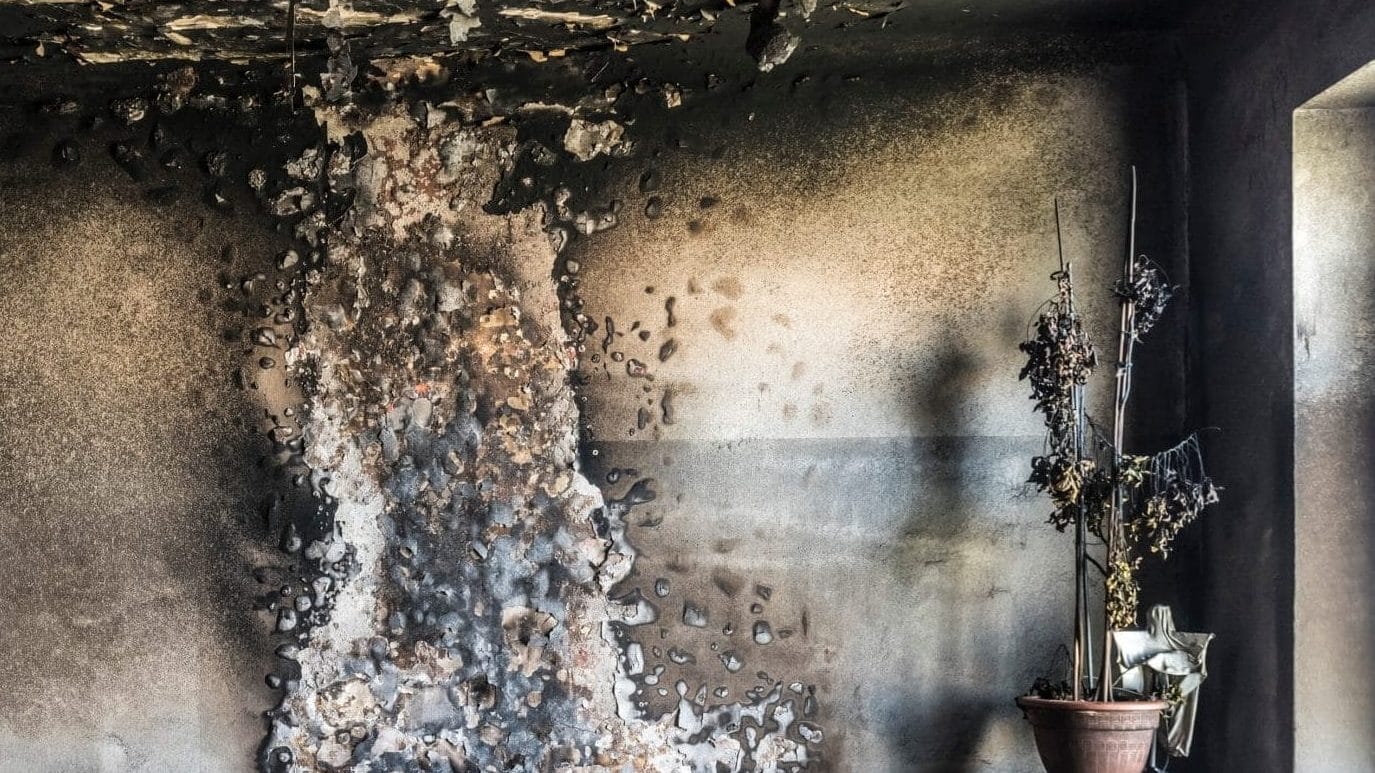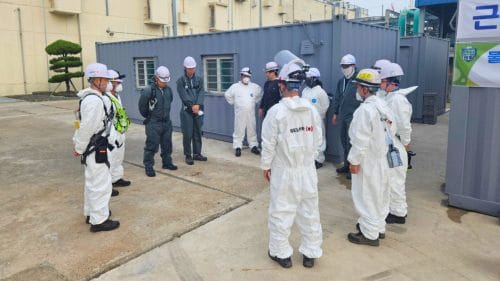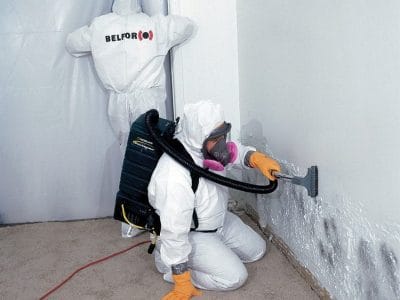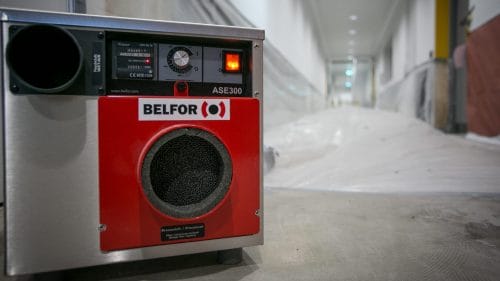How to Remove Smoke and Soot Stains After a Fire: Simple Steps for a Clean Recovery

One of the most challenging problems after a fire incident is soot stains. Soot not only makes the area dirty and leaves behind a persistent burnt smell, but if not cleaned properly, it can also affect health and safety. For those looking for ways to remove soot stains after a fire, there are several steps you can follow, either by doing it yourself or by hiring professional services.
Why Is Soot So Difficult to Clean?
- It contains acidic or alkaline residues, which can bond more strongly to surfaces when exposed to water.
- It has a strong, lingering burnt odor that remains even after multiple cleaning attempts.
- It spreads easily and penetrates into every corner and crevice.
Initial Damage Assessment Checklist
Safety Comes First
- Before starting any soot cleaning, ensure that the building is safe, the fire is completely extinguished, and there are no electrical hazards.
- Wear personal protective equipment (PPE) such as an N95 mask, gloves, and safety goggles.
Inspect the Damage
- Assess the severity of the soot stains: light, moderate, or severe.
- Decide whether you can clean it yourself or if you should contact a professional soot removal service.
Identify Surface Types
- Examine the affected materials—painted walls, wood, metal, carpet, or electrical appliances—to choose the appropriate soot cleaning method for each surface.
Methods for Removing Soot Stains
Vacuum Cleaning
- Use a HEPA vacuum to remove loose soot particles first.
- This technique works well on simple, non-porous surfaces.
Using Soot Sponges or Specialized Cleaners
- Avoid general cleaning on your own, as each surface type requires different cleaning methods.
- It is recommended to consult or hire a professional cleaning company with experience in fire and soot removal.
Additional Odor Removal Tips
- Open windows and use fans to improve ventilation.
- Place activated charcoal or baking soda around the area to help absorb odors.
Precautions When Cleaning Soot
- Do not wipe or scrub soot directly with water or standard cleaning products; this can cause staining and surface damage.
- Do not use brushes or sandpaper on delicate surfaces.
- Do not attempt to clean an industrial site after a fire unless the power has been completely shut off.
When to Contact a Professional Fire Restoration Company
Severe or Deep-Set Soot Stains
If soot has penetrated building materials, caused paint discoloration, or left strong, persistent odors, professional restoration services are strongly recommended.
Large-Scale Damage
For extensive fire-affected areas such as entire homes, buildings, or factories, professional teams are equipped with specialized tools and techniques to ensure thorough cleaning and safety compliance.
Electrical and Equipment Damage
When soot or smoke residue infiltrates machinery, appliances, or electronic systems, professional inspection and cleaning are essential to prevent further damage and reduce risk.
Whether you choose to handle light cleaning yourself or partner with experts, proper assessment and method selection are key. Minor soot can often be treated using HEPA vacuuming and dry-cleaning sponges. However, for widespread, embedded, or equipment-related contamination, engaging a certified post-fire restoration company, like BELFOR, a global leader in disaster recovery. Ensures complete, safe, and professional restoration, helping you return your property to normal as quickly as possible.


